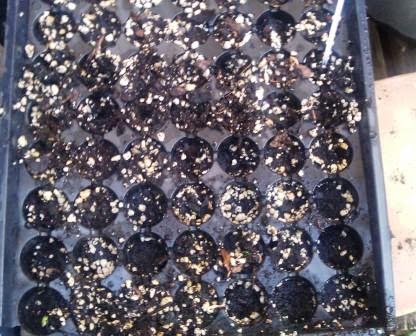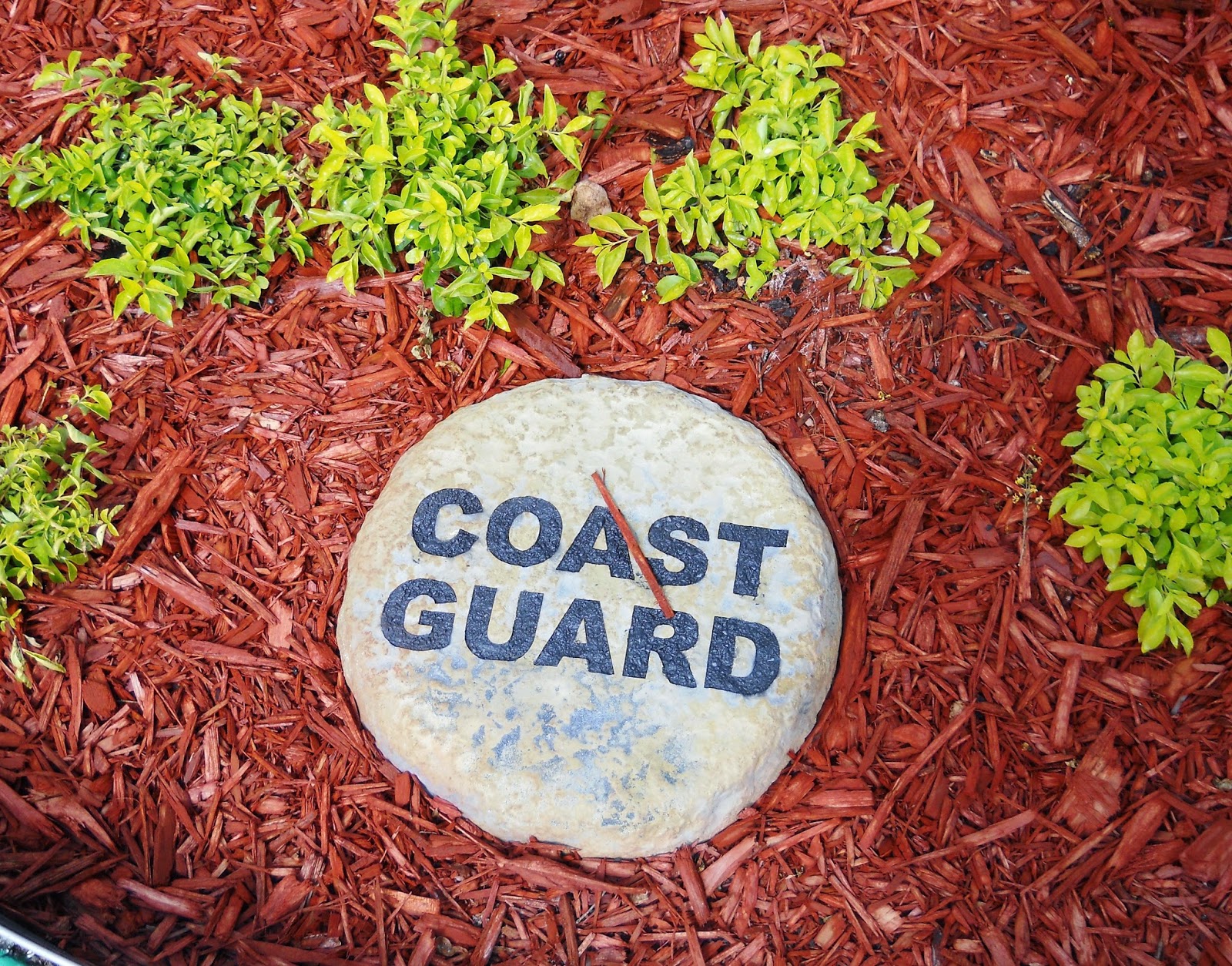I call plants that self-seed and sprout "volunteers" as do many gardeners. These sprouts are plants just doing what nature intended. The seeds fall or are blown then land and sprout. If you have plants that freely self-seed you should consider these volunteers a blessing. You didn't have to buy the seed or plant the seed, it just volunteered to grow for you. I count them as blessings for the most part.
Of course, volunteers rarely volunteer to grow exactly where we want them to be. I see no harm in requesting that the volunteers relocate; and in my garden they participate in the VRP (volunteer relocation program). When I spot a volunteer, I usually dig it up and put it in a small pot until I can decide its permanent location. When it is either a plant that will grow very large (like an Everglades tomato) or a plant that will stay very small (like a torenia) I skip this step because I usually know where my large and small spaces are located in the garden.
 |
| All Volunteer Basket |
So when you are weeding, pay attention to what you are pulling up. For example, this pretty hanging basket has a sunny yellow purslane in it right now. This entire basket self seeded from last rainy season. During the dry season, it was full of zinnias. But, the zinnias all have died back and the purslane started to sprout. I recognized the sprouting plants and I just let it go.
I was weeding the gravel area under where the pot hangs and spotted this.
So I dug it up and put it in a little pot. You should see it now! I think I will start another basket if I get a few more volunteers.
Lately, I have been crazy for polka dot plants. I don't know what it is about the mixture of pink and green on the leaves but it always make me smile just to look at it. I have polka dot plants growing in both my Florida and North Carolina gardens. They don't get very large, but sometimes when you look around where they are growing you will see these.
 |
| Volunteer Polka Dot Plants |
When I find them, I am digging them up and collecting them until I have enough to start a large pot. I don't want to put them in the ground because as slow growers they will get choked out by the more vigorous growers.
And speaking of vigorous growers. My cuban daisies think it is their purpose to take over every inch of soil everywhere in Florida. I confess that I pull many of these up and toss them as weeds. However, I do relocate plenty because the butterflies and bees are just crazy for this plant.
 |
| Cuban Daisy |
The blooms only last one day, but the plant is a prolific bloomer and the butterflies and bees will wear out a bloom in one day with so many visits. I don't know if the bloom could stand a second day with so much company.
 |
| Cuban Daisy Volunteer & Weed |
One year my mother had a volunteer watermelon plant sprout in the crack in the paved area behind her house. She left it alone and in addition, didn't let anybody park there. We were amazed as the watermelon took over the area, flowered and fruited. If she had intentionally planted the seed in that crack it would have never sprouted, much less produced.
 | ||
| Transplanted Purslane Volunteers |
 | ||||||||||||
| Volunteer Polka Dot Army |










